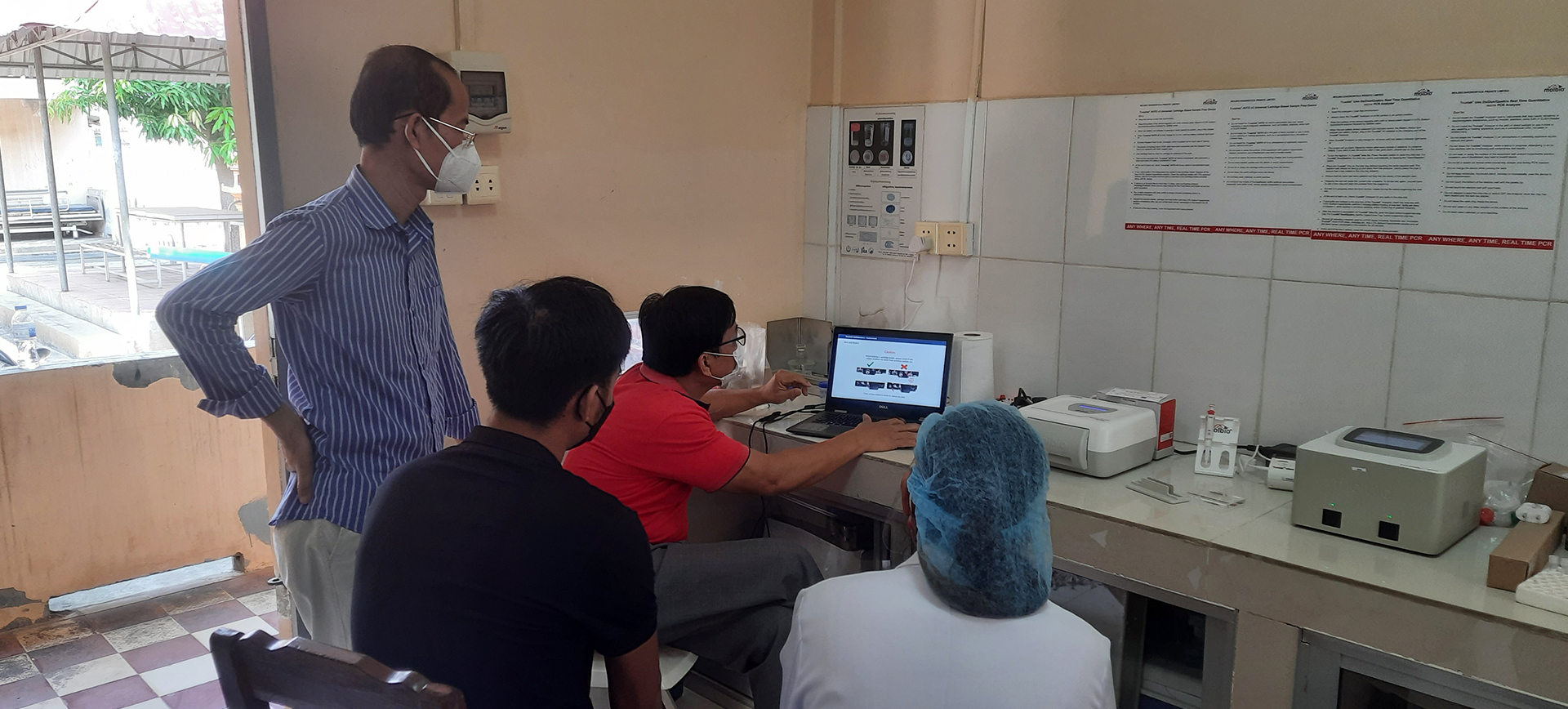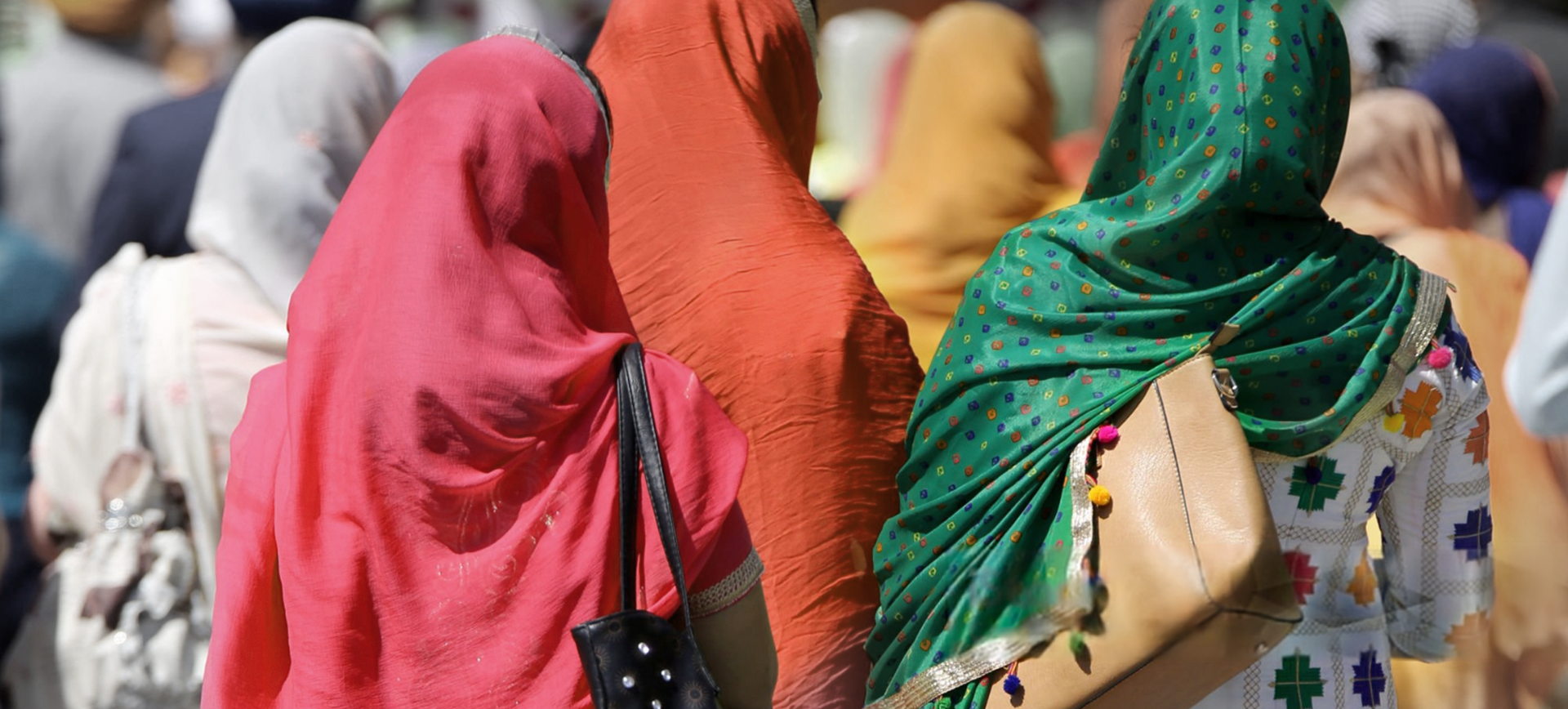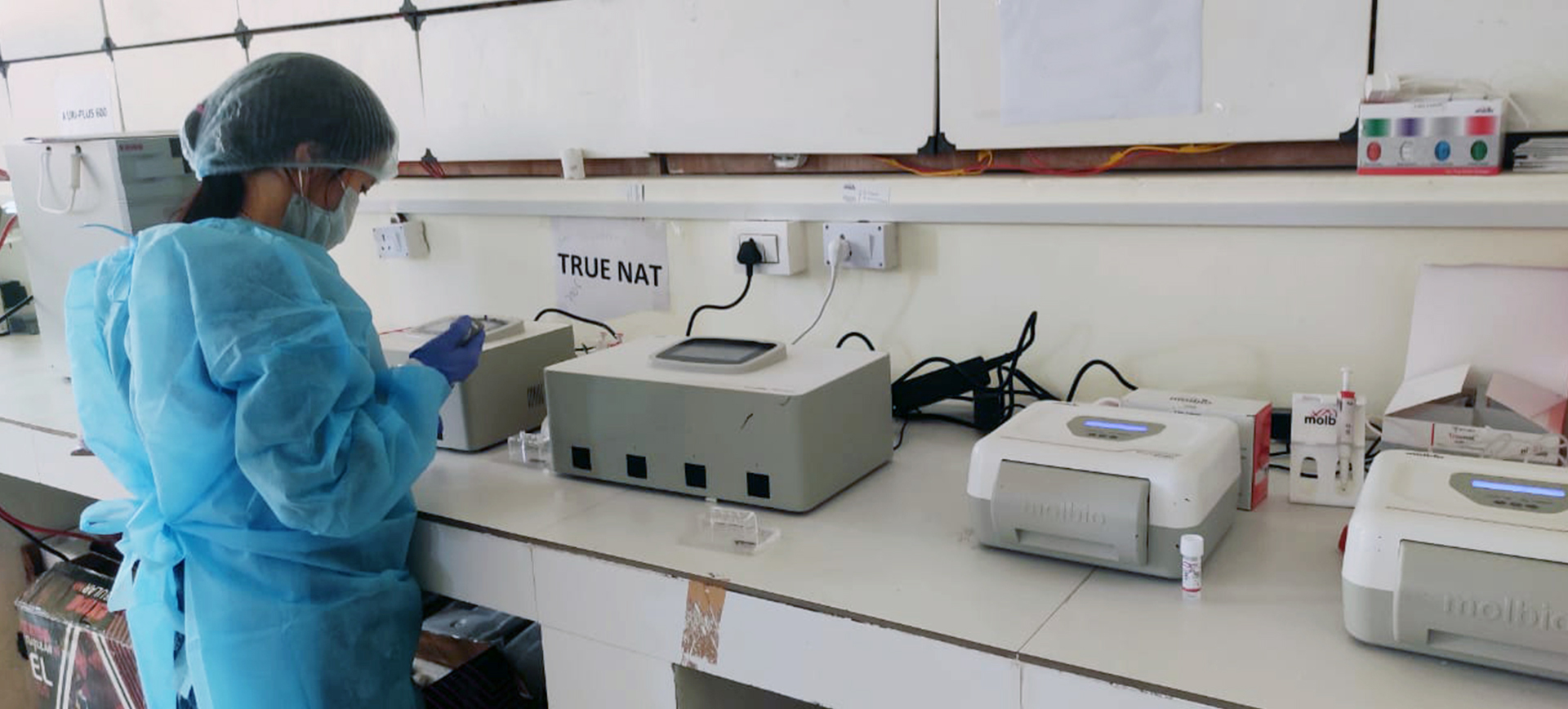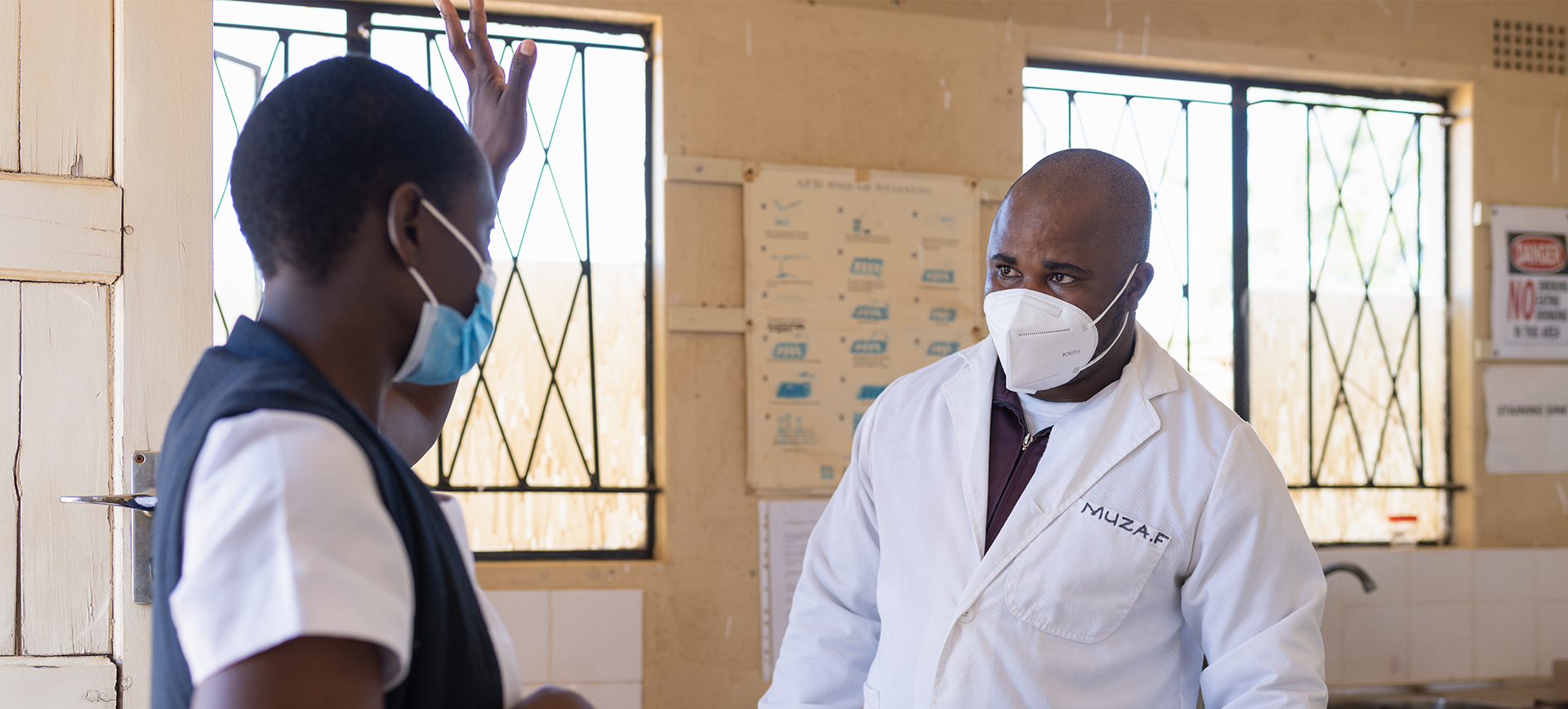Sophea recalls that not long ago in the dim passageways of a rural health center in Cambodia, “We would tell patients to come back in a week for their TB results,” shaking her head. “Many never returned. Some were too sick to make the trip again. Others just became statistics – part of the 48,000 TB cases our country faced in the year 2021.”
But now, with a glimmer in her eye pointing her finger at a small machine on her worktable, she says, “Now I can look a worried mother in her eyes and say, ‘Wait just a few hours. We’ll get to know the results today.'”
That was possible due to the major change that started in May 2022 when the National TB Program of Cambodia collaborated with USAID’s Infectious Disease Detection and Surveillance (IDDS) project to introduce Truenat in 14 health centers across five provinces. The aim was ambitious yet simple: to bring advanced TB testing to previously neglected areas and locations.
“In 2022, between May and November we tested around 1,290 persons,” said Dr. Sovann, Program Coordinator. “Each one of those has a family waiting for the answer.” Results were almost shocking – nearly 8% of the tests showed TB cases that could have been missed by traditional microscopy. Even more importantly, 2% of the positive cases showed resistance to rifampicin, a significant drug for TB.
Immediate results for people like Dara, a farmer from a distant village: “Before, getting tested meant losing several days of work, spending money on transport, and then waiting another week for results. Whereas now I recently walked to my local health center in the morning and started treatment, soon after diagnosis, on the same day. My children didn’t have to miss school to accompany me to the far-away hospital.”
While numbers recount a great story TB cases went up by 45% compared to the previous year. “When we say a result, we know it is true,” says Sophea, “and that confidence changes everything in how we treat our patients.”
For health workers, who embraced the new technology, operating Truenat was found to be easier to use than the old microscopes used for traditional diagnosis. But the journey so far, hasn’t been a smooth one – with power shortages interrupting the testing, and one-third of the staff reporting that they needed more training to have complete confidence in the equipment.
“We adapt,” says Sophea, smiling as she points to the backup power sources they engineered. “When you see how this machine changes lives, you find ways to overcome the obstacles.”
Now the success has provoked bigger ambitions. The National TB Program of Cambodia is now making plans to expand the reach of Truenat throughout the country. They are training more “super-users” to assist others, working on sample transport improvements among facilities, and advancing the goal of totally phasing out the older testing methods.
“Every day we use this technology is a day we are moving forward in our journey to negate TB in Cambodia,” says Dr. Sovann. “But more importantly, it is a day when someone’s parent, child, or friend could get diagnosed and recieve treatment before it’s too late.”
In a small waiting room, a young mother cradles her baby as she waits for results. She would not have to make those numerous costly trips or spend days waiting in uncertainty, as had those before her. Within hours, she will have answers – and treatment if necessary.
Now this is what TB care in Cambodia looks like: where technology meets compassion, where same-day diagnosis means saving lives, and where hope doesn’t have to wait a week for results. As one health worker said, “We’re not just detecting TB faster; we’re giving people back their dignity, their time, and their chance to heal.”
As Cambodia looks to scale this nationwide, every Truenat machine installed offers a promise – not just better statistics but an innumerable amount of extraordinary stories of lives saved and impacted, families kept intact, and communities shielded. In this fight against TB, these are the accomplishments that stand out.





